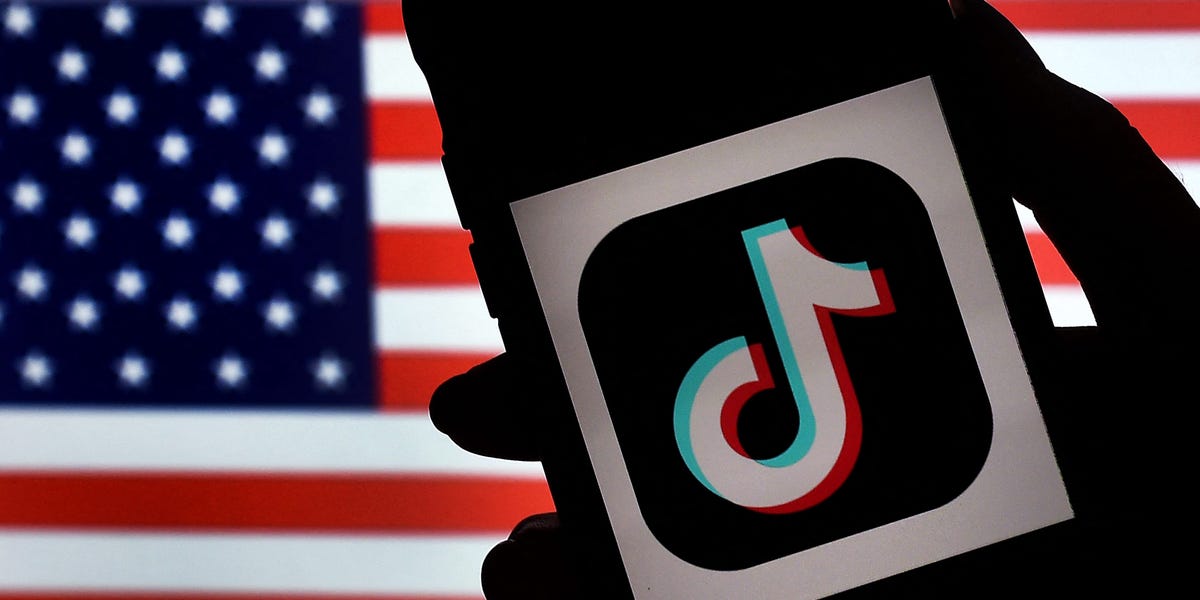- Osama Bin Laden’s 2002 “Letter to America” went viral, sparking discourse on TikTok’s misinformation problem.
- AI can both manipulate and moderate news content.
- 2024’s “TikTok election” will have a major impact on how people consume political news.
Last Thursday, Osama Bin Laden’s 2002 “Letter to America” went viral. TikTok videos of American users sympathizing with the letter sparked shockwaves and a deluge of commentary that reverberated far beyond the ‘For You’ feed. TikTok moved quickly to remove videos about the letter, but by the time it had blocked the hashtag #LettertoAmerica, videos with that hashtag had been viewed at least 14 million times, per CNN.
That’s small fry on an app where top hashtags can garner billions of views, and similar content was also posted to Meta’s platforms and X. But many of those posts contained the few dozen TikTok videos in question, and their rapid spread and the ensuing backlash emphasize the dilemma that TikTok faces ahead of what is already shaping up to be a contentious election year.
TikTok won’t be alone in its struggles, and they will be familiar to almost any social platform that has risen to prominence in the past decade. But in an age where other platforms are breaking up with news and TikTok has become the new “digital town square,” the app will be at the center of the storm. The arrival of AI adds another layer of complication to TikTok’s challenges.
2024 will be the first major “TikTok election”
TikTok has never promoted itself as a political or news platform, and it banned political advertising in 2019. But that hasn’t stopped users from turning to TikTok to post and consume news and political commentary and organize around social issues.
TikTok is also top-of-mind for politicians on both sides of the aisle. With Gen Z and millennials expected to account for close to half of the electorate in 2024, per Brookings, many, primarily left-wing, candidates and President Biden have made it a core part of their campaign strategies.
Right-wing politicians have made TikTok a major talking point. Republican presidential candidates have vowed to ban the app, citing national security concerns and TikTok’s alleged role in spreading misinformation and furthering political divides, particularly among generational lines. Gen Z and millennials make up 78.4% of TikTok’s US user base, per Insider Intelligence.
To be fair, content on TikTok already started to get more newsy and political during the pandemic, but in 2020, only 20% of TikTok users regularly used the app for news, per Pew Research Center. Today, that figure is 43%. At the same time, news consumption on platforms that have historically embraced news, like Facebook and X, declined.
That reflects a larger reality that makes TikTok’s dilemma unique: The way we consume news is changing. People are increasingly turning to creators and ordinary consumers to find out about political and other news through short videos, rather than articles or long-form video content from publishers and established journalists.
That means that news is often editorialized or posted without context, like the #LettertoAmerica videos, and raises the risk of misinformation, which is generally spread by well-meaning but uninformed individuals.
The “new era of news” and AI will exacerbate TikTok’s problems
Over the past few months, other social platforms have taken bold steps to distance themselves from news. But just because the social companies are breaking up with news, doesn’t mean people are: Half of Americans get their news at least sometimes on social media in 2023, roughly on par with 2020 (53%), per Pew.
Instead, reliable news content will become harder to find, and people will rely more heavily on non-traditional news sources, like creators. That could have the unintended consequence of making TikTok more important as a news platform.
In October, Meta’s head of news partnerships, who spearheaded the launch of Facebook’s now-defunct News tab for publishers, stepped down. Threads has said it won’t promote news on the platform, and the app has blocked certain keywords that make it difficult to follow events in real-time.
X, formerly Twitter, has driven away journalists and mainstream publishers via changes that amplify misinformation and remove headlines from posts, for example. Unlike TikTok, neither X nor Facebook, are major creator hubs.
Meanwhile, AI is set to turbocharge mis- and disinformation. The technology has made media quicker and easier to manipulate, and for that content to appear more convincing and compelling.
Content already spreads at warp-speed online, particularly on TikTok, where the algorithm and users prioritize virality. And once it’s out in the world, it’s almost impossible to rein in. A post on X containing #LettertoAmerica TikTok videos, for example, has racked up over 32 million views and was still up on the platform on Friday, even after TikTok had removed many videos from its own platform.
The social platforms’ trust and safety teams won’t be able to keep up with the scale, scope, and complexity of misinformation in 2024, even with the assistance of AI content moderation technologies. As a result, the #LettertoObama videos won’t be the last, and likely not the worst, news-related fire that TikTok will have to try to put out.
Read the full article here





